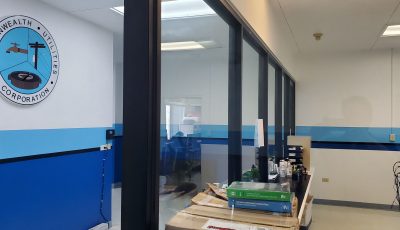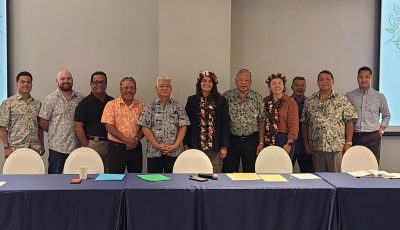Removal of contaminated soil, drums restores Managaha
The CNMI Bureau of Environmental and Coastal Quality has been successful in its work on restoring Managaha Island.
In 2010, BECQ discovered pesticide contamination in parts of the island linked to mounds of buried drums found mostly on the island’s southeast side through a Phase II Environmental Site Assessment.
Through funding from the State and Tribal Response Program from the U.S. Environmental Protection Agency in the last three years, BECQ administrator Frank Rabauliman said they were able to remove pesticide-contaminated soil, buried drums, and discarded marine batteries in two small isolated areas on Managaha Island.
Rabauliman said they were able to excavate and remove from the island over 42 cubic yards of pesticide-contaminated soil, 23 rusted drums, and 17 discarded marine batteries.
Restoration efforts on Managaha Island was completed through a confirmation sampling at the excavation sites after showing no contaminants.
Because of the success, this led to the permitting of Managaha as a Green Sea Turtle
nesting area by the United States Fish & Wildlife Services.
Rabauliman reiterated the importance of continuing these preservation and
protection efforts in the future.
“The CNMI depends on tourism, which the EPA acknowledges, and restoration of these areas ensure that Managaha Island continues to be a popular tourist destination since it plays a vital role in the economy as well as an important place in history,” Rabauliman said.
Recently, a State and Tribal Response Program report from the U.S. EPA highlighted the restoration efforts accomplished in Managaha.
It recognized Managaha Island as “a significant cultural and historical
location that covers 13.2 acres off the western coast of the island of
Saipan.”
“The entire island is listed on the United States National Register of Historic Places and is a designated U.S. Fish and Wildlife Service (USFWS) conservation and nesting habitat for threatened Green Sea turtles and migratory Shearwater birds,” the report said.



























